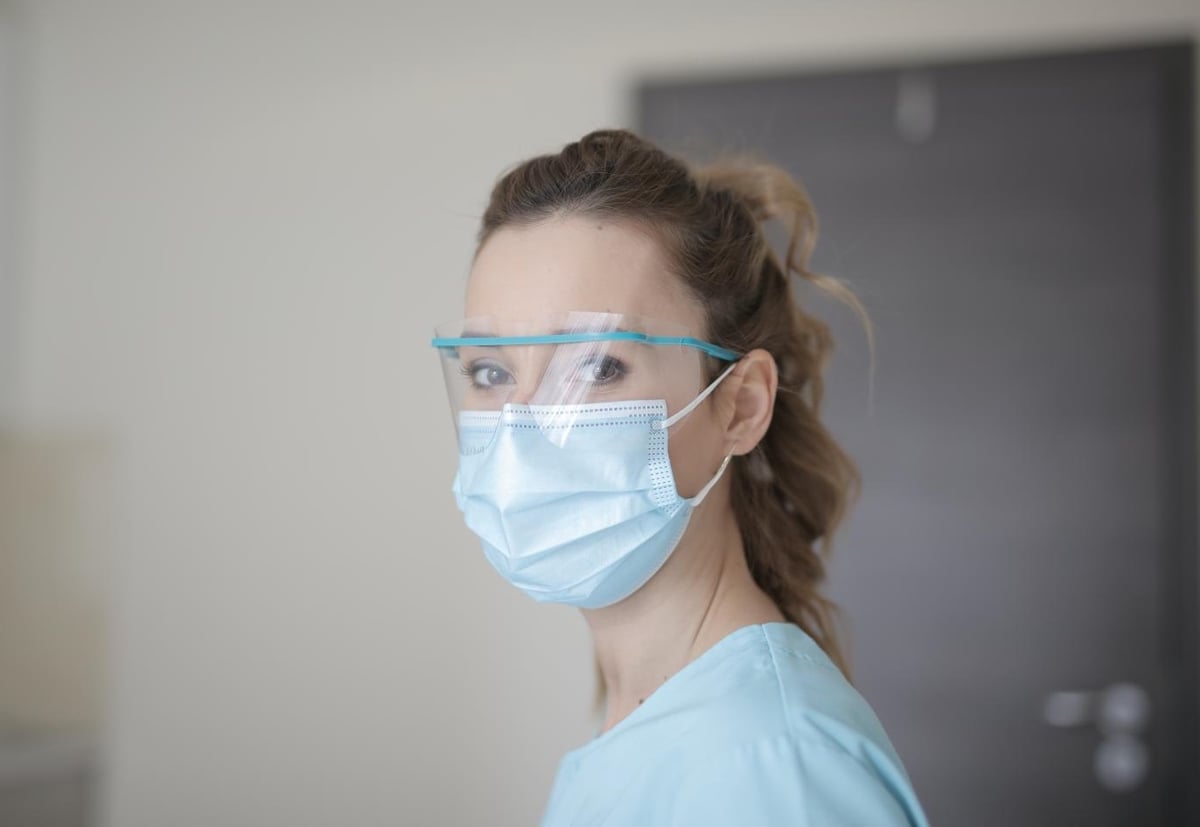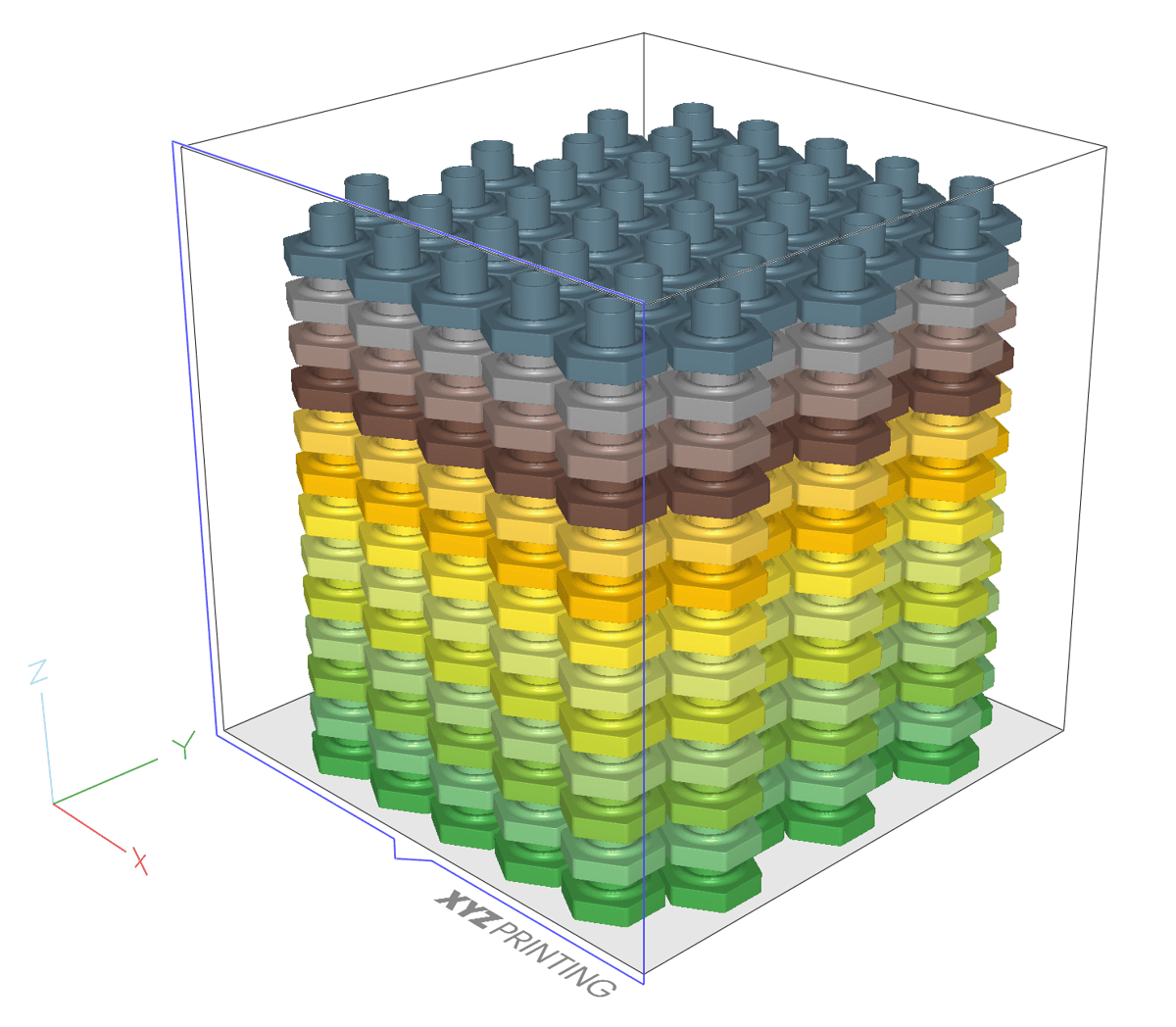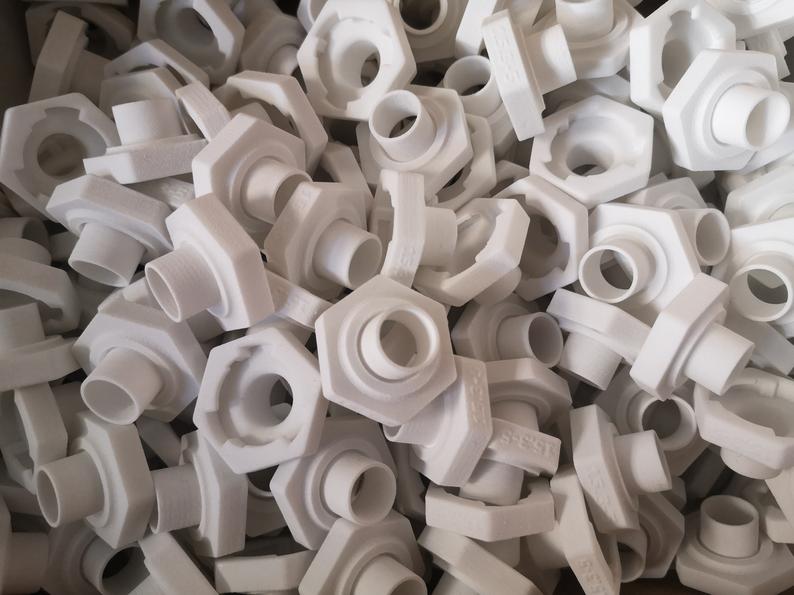“As otorhinolaryngologists, we work in the very close vicinity of the patient, thus are under an increasing risk to become infected with the coronavirus ourselves. This would not only result in an additional health hazard for doctors and patients, but we also lose an urgently needed medical specialist for several weeks. Moreover, without any suitable breathing protections, we are not able to carry out any operations which can have fatal consequences in an emergency.”
— Dr. med. Markus Pietsch, senior doctor, Helios Klinikum Hildesheim, Germany
Case Study
Problems with Protective Equipment Supply

The pandemic has interrupted global supply chains. Millions of urgently needed protective equipment for medical staff, such as FFP2/FFP3 breathing masks, have been ordered worldwide, but doctors in Germany have not received all orders. The supply problem reports and forecasts certainly create insecurity among doctors, surgeons, and nurses.
The Questions and Uncertainties:
- Will there also be supply bottlenecks everywhere?
- Will our stocks of protective equipment be sufficient?
- What will happen to patients, when we are no longer able to carry out operations due to the lack of suitable breathing masks and filters?
- What will the situation be like in Germany in a few weeks’ time?
On April 3, 2020, Dr. Markus Pietsch from Helios Medical Center in Hildesheim, Germany, tackled these issues. As the leading senior doctor at the clinic for otorhinolaryngology and head and neck surgery, his main objective is to assist patients and his employees during this crisis and to maintain high quality treatment.
Hospitals Facing Unique Challenges

The Ideas:
1. Certain filters used for patients in daily clinical practice are still available in sufficient quantities in many medical centers, or can be delivered by the manufacturer within a short time.
2. This available filter material which has been tested in the operating rooms, could be used on Half Facepiece masks.
3. However, there are no suitable adapters available on the market. Also, there would have to be many individual solutions, because of the wide variety of connector types.
3D printing could be of help in this matter!
The Requirements:
1. It was important to Dr. Pietsch that medically certified filter material is used for this purpose. The optimal situation is to unpack directly sealed filter modules and connect them to the protective mask.
2. Half masks are reusable, and they are cleaned and disinfected according to manufacturer’s specifications after use, in order to kill bacteria and viruses. The same should also apply to the adapter modules. Therefore, multi-cycle solutions had to withstand higher material requirements.
3. For obvious reasons, adapters have to be sealed tightly to prevent any leakage.
Letter by Received from Dr. Pietsch:*
Dear Sir or Madam,
I am urgently looking for someone who can assist us in producing an adapter for our protective breathing masks.
Please contact me, if you can help, or know someone who can help.
With best regards,
Helios Klinikum Hildesheim GmbH, Dr. med. Markus Pietsch
* Dr. Pietsch reached out SLS3D, a German additive manufacturing consulting and design firm in conjunction with ProductionToGo, a German industrial and professional 3D printing solutions provider. Both companies sell the XYZprinting MfgPro230 xS.

Medical Professionals Finding Their Own Solution

SLS3D, a German additive manufacturing consulting and design firm used their XYZprinting 3D printer MfgPro230 xS for the first 260 pieces of the small series.
Advantages here are the use of a CO2 laser, instead of a diode laser, and the use of a galvanometer for internal laser beam deflection. This makes this system significantly faster than the compact systems. Moreover, this printer has a larger build space than a compact system. The build space accommodates up to 496 components during 26 hours of printing time.
Production Process:
STEP 1. Nesting: Parts are Efficiently Oriented
STEP 2. Prepare the Unit
STEP 3. Depowdering the Printed Parts
STEP 4. Media Blasting the Parts
STEP 5. Complete Part Packaging
The Solution: An Individual Adapter

We received the filter adapters starting from the first contact until delivery within an unbelievable time (12 days, despite Easter holidays in between),” said Dr. Pietsch. “These adapters are now used every day and are a huge help for us, because we now no longer have to rely on the very difficult procurement of original particle filters from 3M.
Handling is very easy; the adapters fit perfectly and are manufactured extremely clean. The whole process works without any problems – long-term experience is of course still pending. Breathing resistance is very low; the compact design makes the protective breathing mask light and can be worn over an extended period of time.
All in all, we are very glad that the company SLS3D could help us so quickly and without any problems. We are very grateful for this.”

*Important notice: The manufactured products do not correspond to any official medical approval and were not explicitly developed according to standards applicable to medical devices. This measure is a temporary bridging solution, in case breathing masks or filter modules are difficult to obtain, or are not available to medical services on short notice.
To download the case study, visit XYZprinting.
—
This content is sponsored and the views and opinions expressed within it do not necessarily reflect All3DP’s editorial stance. For more information, please see our Terms of Use.
License: The text of "A Response to COVID-19 Crisis With SLS Technology" by All3DP is licensed under a Creative Commons Attribution 4.0 International License.